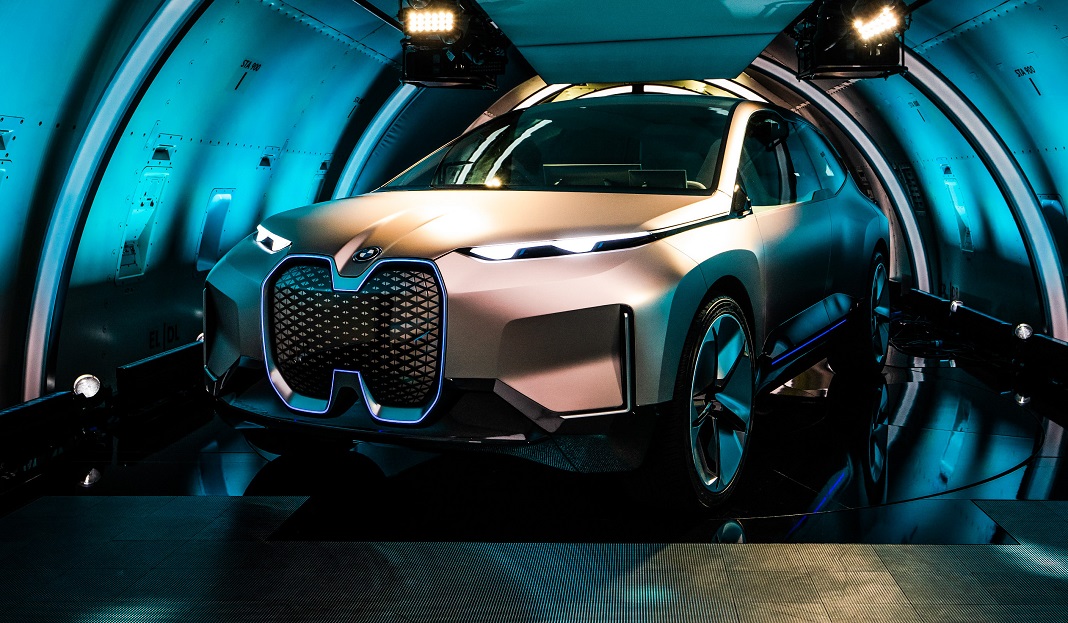 In between delivering keynote speeches at the recently concluded Conference of the Electric Power Supply Industry (CEPSI) 2018 held at the KL Convention Centre, Dr Alexander Kotouc, Head of Product Management at BMW i, found time to field some questions from us on the state of electric mobility.
In between delivering keynote speeches at the recently concluded Conference of the Electric Power Supply Industry (CEPSI) 2018 held at the KL Convention Centre, Dr Alexander Kotouc, Head of Product Management at BMW i, found time to field some questions from us on the state of electric mobility.

Now that you’ve seen your competitors launch the EQC (Mercedes-Benz) and e-tron (Audi), what are your views on where German manufacturers are heading in terms of electric vehicles?
I think the question of a future of electrified vehicles is already answered because you see all major competitors bringing electrified vehicles not only in the premium segment but also in the base segment as well. If you look at the CO2 regulations, it isn’t a question of if you do it, but a question of when you do it and how you do it.

Basically, in a couple of years, everybody needs to have electrified vehicles in their portfolio, otherwise you’re just not fulfilling the regulations. In Europe for example, by 2025, manufacturers need to be on an overall portfolio at about 80g/km of CO2, which is why you need electrified vehicles.

What is BMW’s answer to the EQC and e-tron?
We are always going our own way, so when we look at the competition, we appreciate that they are going in the same direction and following our path ever since we launched the i3 in 2013. What we are trying to demonstrate with the Vision iNext is that we are already mentally one step ahead.

The competition is currently launching electrified vehicles, but for BMW, of course the Vision iNext is electrified, of course it has 600km of range, of course it has fast charging, but the headline is that the iNext is the car of the new era. It is the first BMW car that offers Level 3 and 4 autonomous driving, but also shows the way the interior is constructed because if you’re not driving, what do you do with the time? BMW i is a pioneer and we are already moving into different areas of innovations while the competition is doing what’s needs to be fulfilled.
BMW has already shown the iX3 concept at the Beijing Motor Show, and that is coming in 2020, before that will be the MINI Electric from the MINI brand in 2019, and then the iNext in 2021.

Is the crossover or SUV body-style the preferred choice for EVs?
If you look at the sales data, the SAV or SUV style is currently the most accepted body type and works well all over the world. In the future, we will be offering BMWs (EVs) from the smallest to the biggest segments in different shapes, but currently the SUV is a trend.
The current electric range for i-Performance plug-in models hovers around 40km to 50km, what would be the optimal range for the next generation PHEV models?
‘Optimal’ range is always a question of what the car is used for on a daily basis. I can tell you that based on our study, on a global level the average is 46km (per day), which is not a lot. Basically, everyone can use a plug-in hybrid and drive it all electrically to work, plug it in and then drive it all electrically back home. But I know people want a little bit more range, and what we are considering as ‘sufficient’ for plug-in hybrid is around 100km range. So, the mindset then is that you can use all-electric mode for the city and still travel with the family for a weekend retreat in a car with over 600km range. This would be a best solution for plug-in hybrids which is considered as a mid-term solution, but if you ask me after 2030, it may be fully electric.

It is easy to imagine having just a bit more electric range…
There is an optimum ratio; the more weight (batteries) you add, the less efficient it gets. Of course, we can offer a plug-in hybrid with 200km of electric range today; we just need to take the battery from the i3 and put it in a 5-Series, technically this would work but from an economical point of view, this car would be too heavy, too costly and won’t make sense. Currently the electric range we are offering is optimum when it comes to weight-range ratio and cost efficiency for the customer. In the future, the battery capacity will increase but the weight will not.
I will cite one competitor that’s based in California, they are offering cars with a lot of range, if you were to consider the weight of those cars and their efficiency rating (kWh/100km) and compare them to other EVs and even combustion engine vehicles, they are highly inefficient. People think because they are electric and must be good, but there are too many batteries in them to be efficient.
Now that BMW is five years into the i venture, what are the biggest challenges to the wider adoption of electrified vehicles?
There are three things that need come together if electrification is going to work. First thing is we as a company need to offer cars that customers want to drive. People buy a BMW and in the future people want to buy a BMW as well, and it is probably electrically-driven. But the first thing is that people buy a BMW and not an electric car, we need to make sure that ‘sheer driving pleasure’ is still present in the future.
The second thing is that the customer needs be willing to make the change. Why do customers go from something they already know to something entirely new? It needs to be more convenient, easier, cheaper, so we always need to have an incentive to change, this is how a company gets a buy in because they are offering something that I’m willing to pay money for. So, in the same way, we need to offer something that is a benefit to them.

There is something about range anxiety that we are still trying to convince consumers because from a rational point of view, we can already offer a good solution, but from an emotional point of view, people still have the feeling that there needs to be a little bit more range.
The third thing that needs to fit into place is a combination of regulations, incentivisation, charging infrastructure…base layers that a customer expects with the new product. If these three factors come together as seen in Norway, within a couple of years there will be a high market share of electrified vehicles.